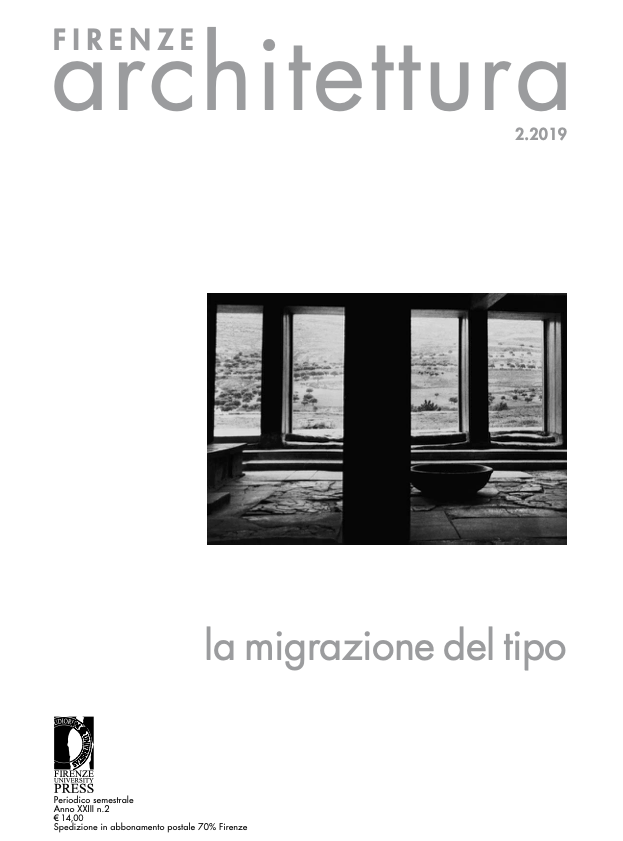Published 2020-02-14
How to Cite
Abstract
Il trasparente costituisce oggi, insieme al pulito e al levigato, l’epifenomeno più caratteristico di un’estetica diffusa che si manifesta anche nel campo dell’architettura: quella che Roland Barthes e Byung-Chul Han hanno definito la cultura pornografica del contemporaneo, ormai spoglia di qualsiasi velo erotico dell’alterità. In contrasto con ciò, un’indagine sul senso profondo dell’estetica wabi sabi giapponese – molto al di là della sua riduzione a vulgata dalle tendenze più mainstream del design e dell’architettura d’interni – permette di riesplorare nuovamente l’irriducibile “opacità” del bello, e di opporre alla trivialità dell’immagine chiara e perfettamente accessibile un rinnovato gusto per l’ombra, il velo e l’allusione.
Transparency constitutes nowadays, along with cleanness and smoothness, the most distinctive feature of a diffuse aesthetics that manifests itself also in the field of architecture: what Roland Barthes and Byung-Chul Han referred to as the pornographic culture of our time, stripped of any erotic veil of otherness. In contrast to this, an inquiry into the profound meaning of the Japanese wabi sabi aesthetics – well beyond its trivialization by the most mainstream trends of product and interior design – enables us to re-explore the irreducible “opacity” of the beautiful, and to counter the shallowness of a clear and perfectly accessible image with a renewed taste for shades, veils, and allusions.

